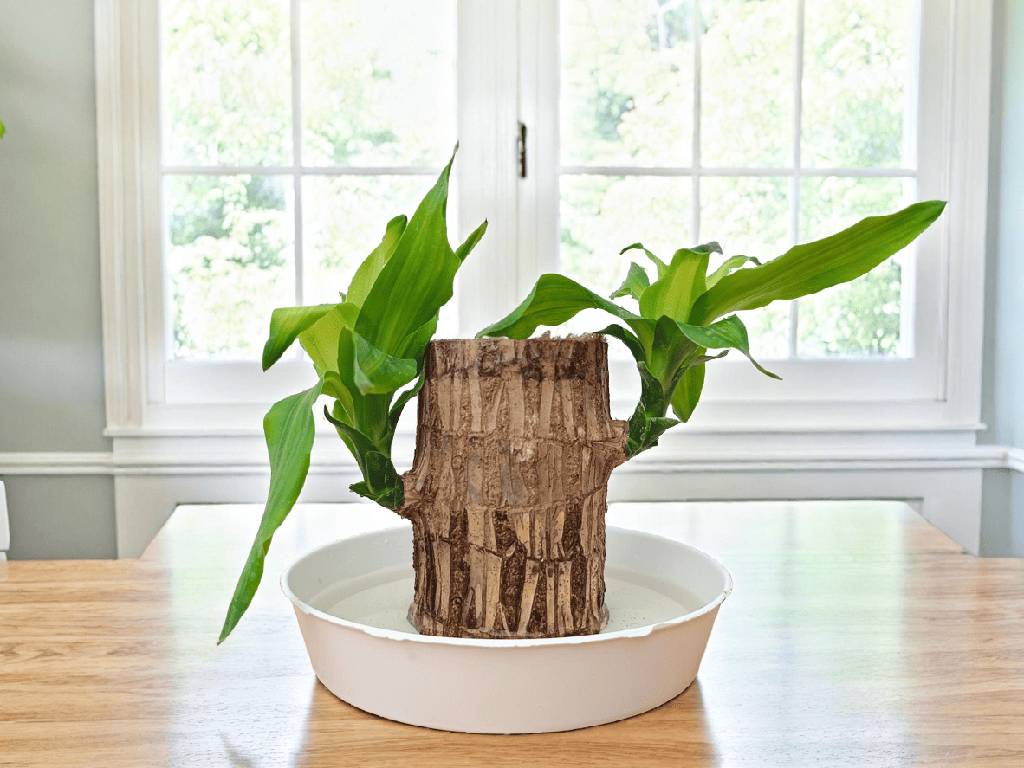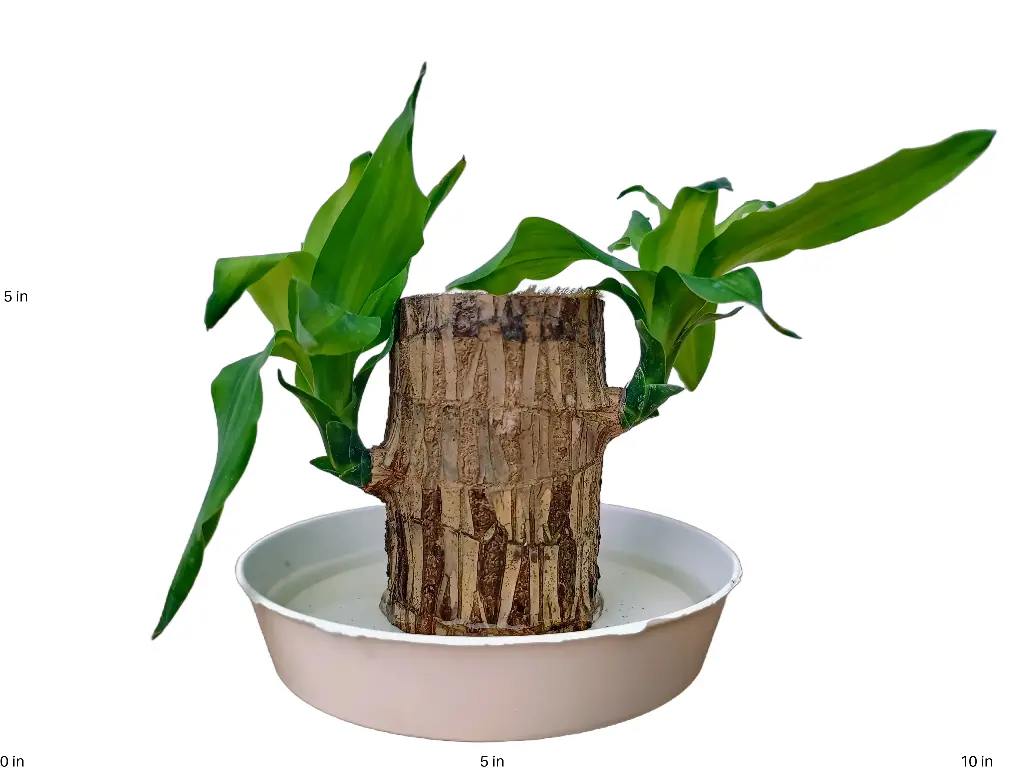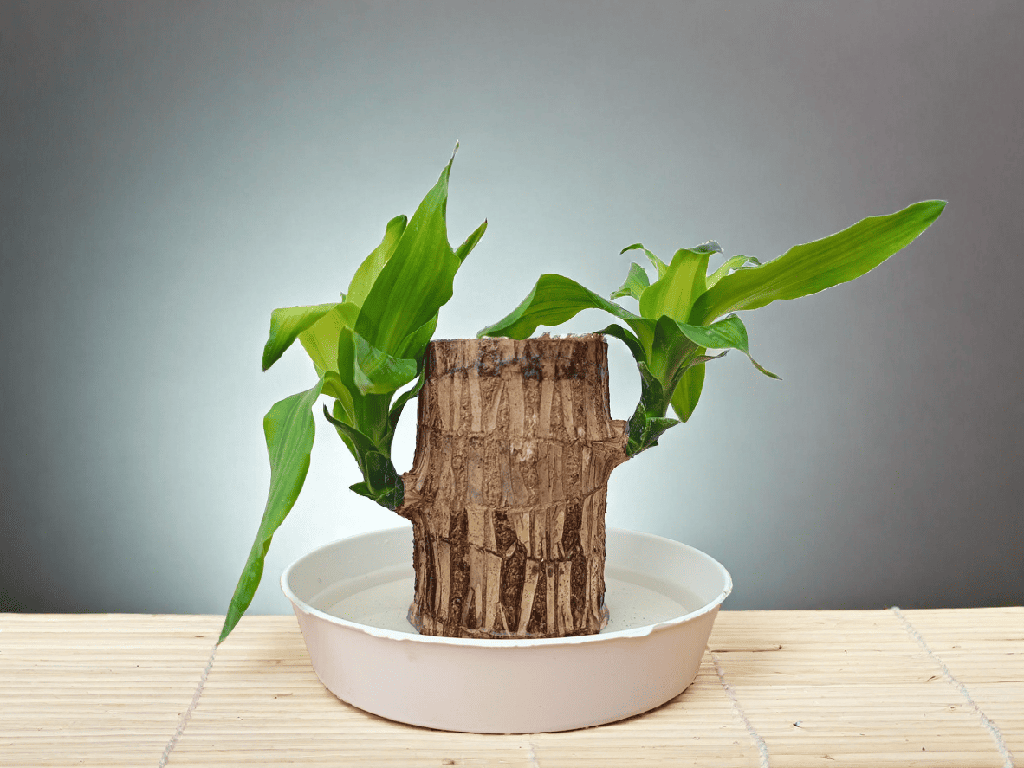Product Specifications
The Brazilian Wood Plant, scientifically known as Paubrasilia echinata, is a striking and versatile plant native to the tropical rainforests of Brazil. It is well-known for its resilience and stunning appearance, featuring thick, dark green foliage and sturdy woody stems that can grow tall and graceful over time. Also referred to as Brazilwood or Pau-Brasil, this plant is often used as an ornamental indoor plant due to its ability to adapt to varying light conditions and low maintenance requirements.
In its native habitat, Brazilian Wood Plant can reach impressive heights and is prized not only for its aesthetic value but also for its historical significance, as it was traditionally used to produce a red dye called "brazilin." This plant’s lush, vibrant foliage creates a tropical atmosphere and brings an exotic touch to any indoor or outdoor setting. It is slow-growing but rewards patience with its striking beauty and low maintenance needs.
Ideal for both indoor and outdoor cultivation, the Brazilian Wood Plant can thrive in pots, making it perfect for homes, offices, or patios. Its upright growth pattern and striking leaves make it an excellent choice for adding height and visual interest to any interior décor.
1. AirPurification: Like many houseplants, it helps purify indoor air by absorbing toxins and releasing oxygen, enhancing air quality.
2. Aesthetic Appeal: Its tall, graceful structure and rich, dark green foliage make it an eye-catching addition to any space.
3. Low Maintenance: This plant is relatively easy to care for, thriving with minimal watering and light requirements, making it ideal for busy individuals or beginners.
4. Stress Reduction: Studies show that indoor plants like the Brazilian Wood Plant can create a calming, stress-relieving environment.
5. Historical Significance: Its roots in Brazilian culture and history, especially its use for producing the red dye "brazilin," add to its unique charm and value.
1. Watering: Water moderately, allowing the top layer of soil to dry out between waterings. Overwatering should be avoided, as it can lead to root rot.
2. Sunlight: Prefers bright, indirect light but can tolerate low light conditions. It can be placed in a well-lit spot indoors, near windows with filtered sunlight.
3. Soil: Use well-draining potting soil, preferably a mixture rich in organic matter to support healthy root growth.
4. Humidity: Moderate to high humidity levels are preferred. You can mist the plant occasionally to maintain moisture, especially in dry environments.
5. Temperature: Thrives in temperatures between 18°C and 30°C. Protect it from extreme cold or drafts.
6. Pruning: Prune any dead or yellowing leaves to maintain its appearance and encourage healthy new growth.
7. Repotting: Repot the plant every 1-2 years to provide fresh soil and enough space for the roots to grow.






